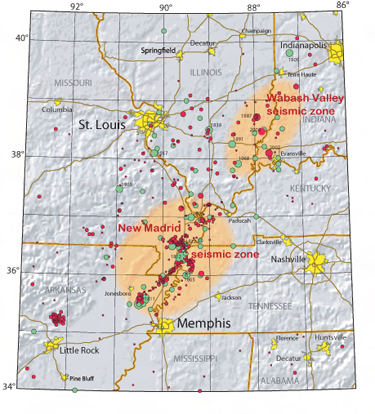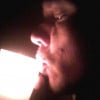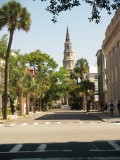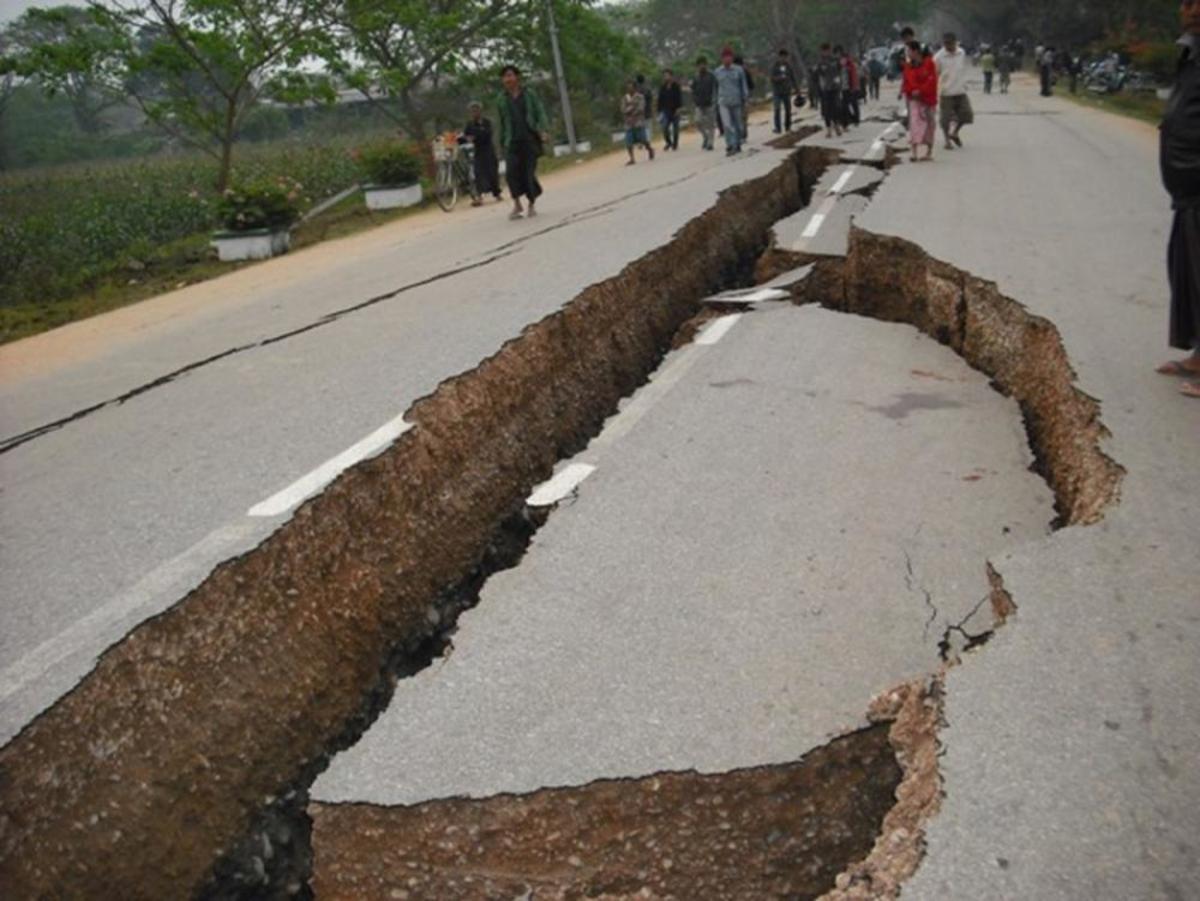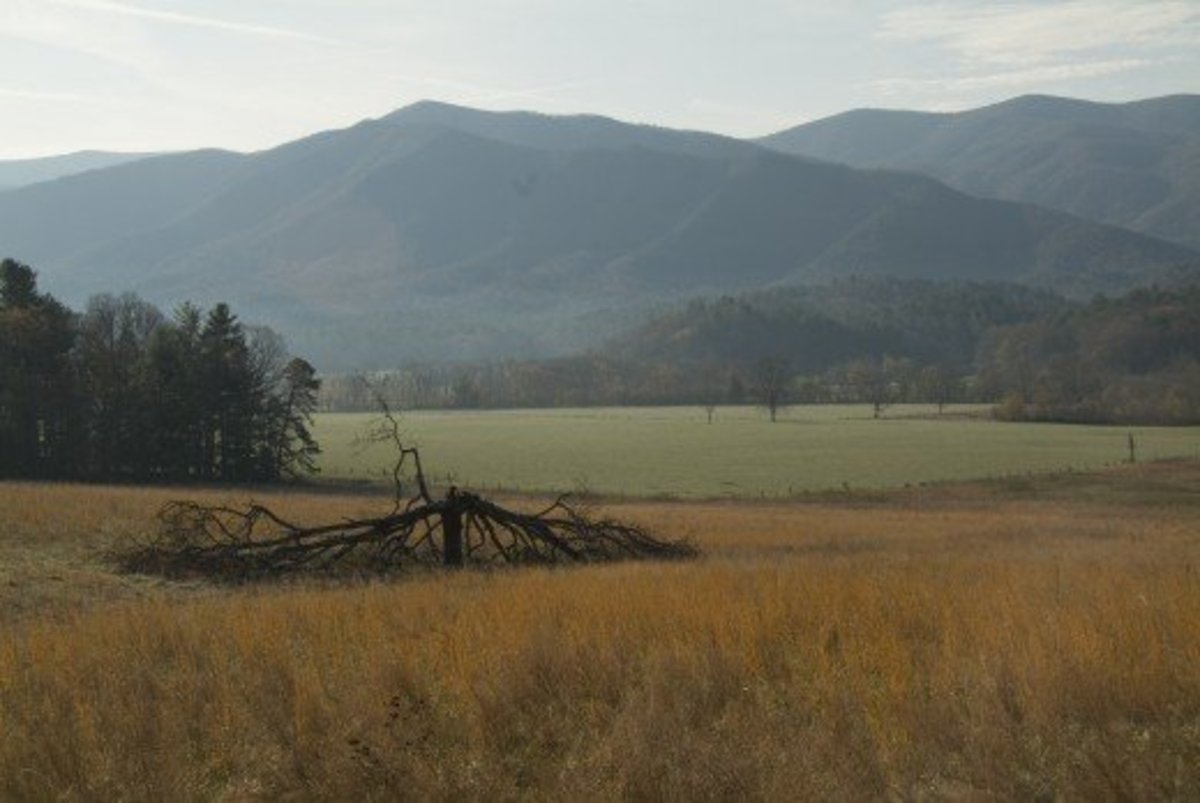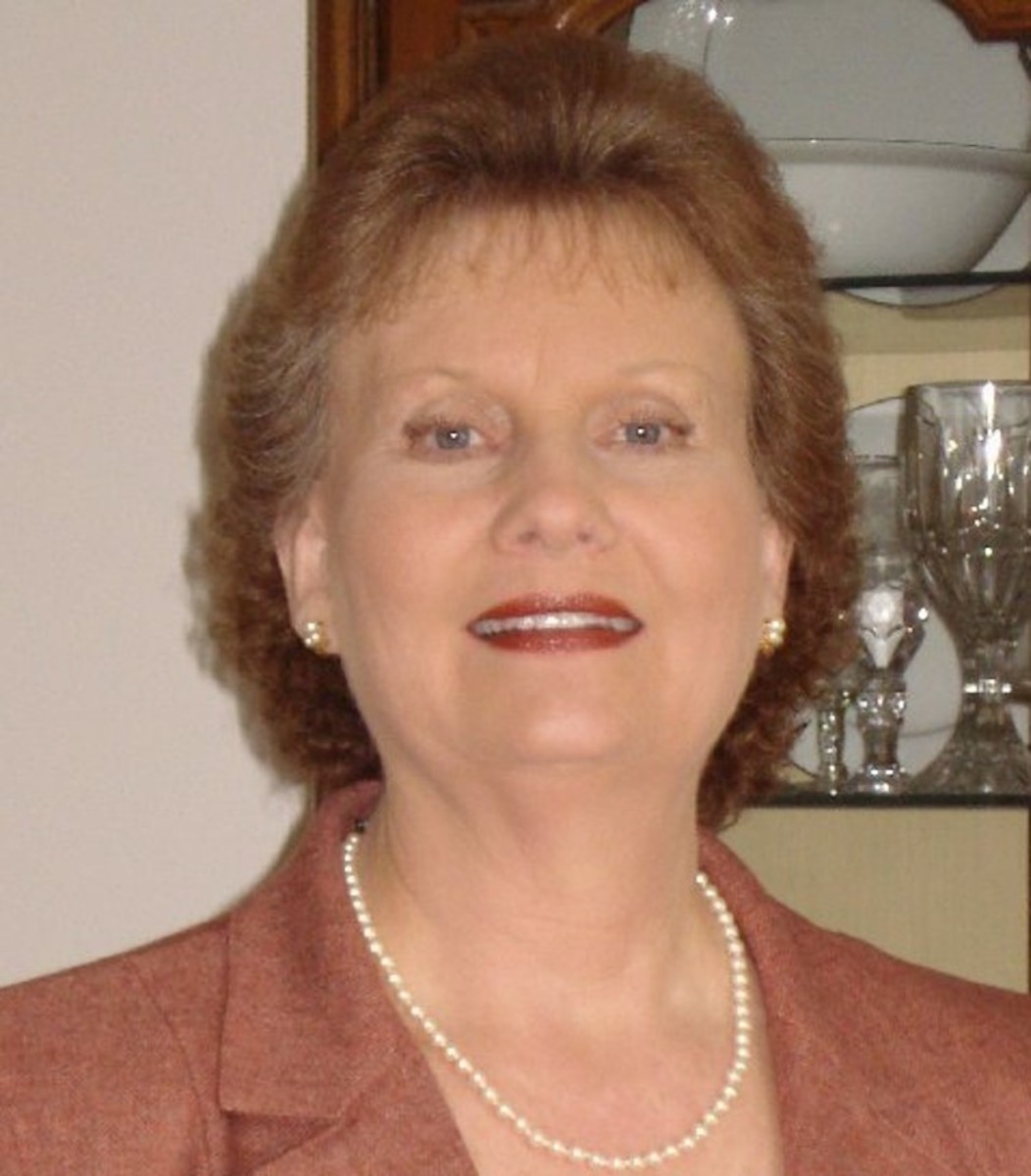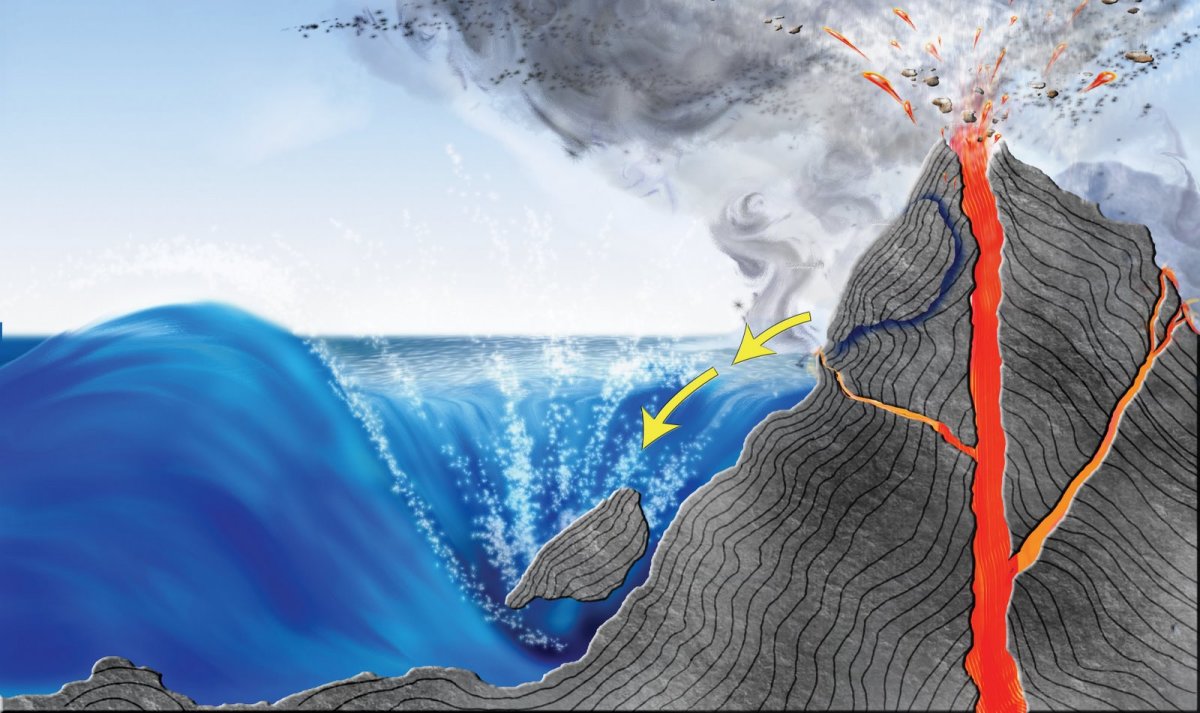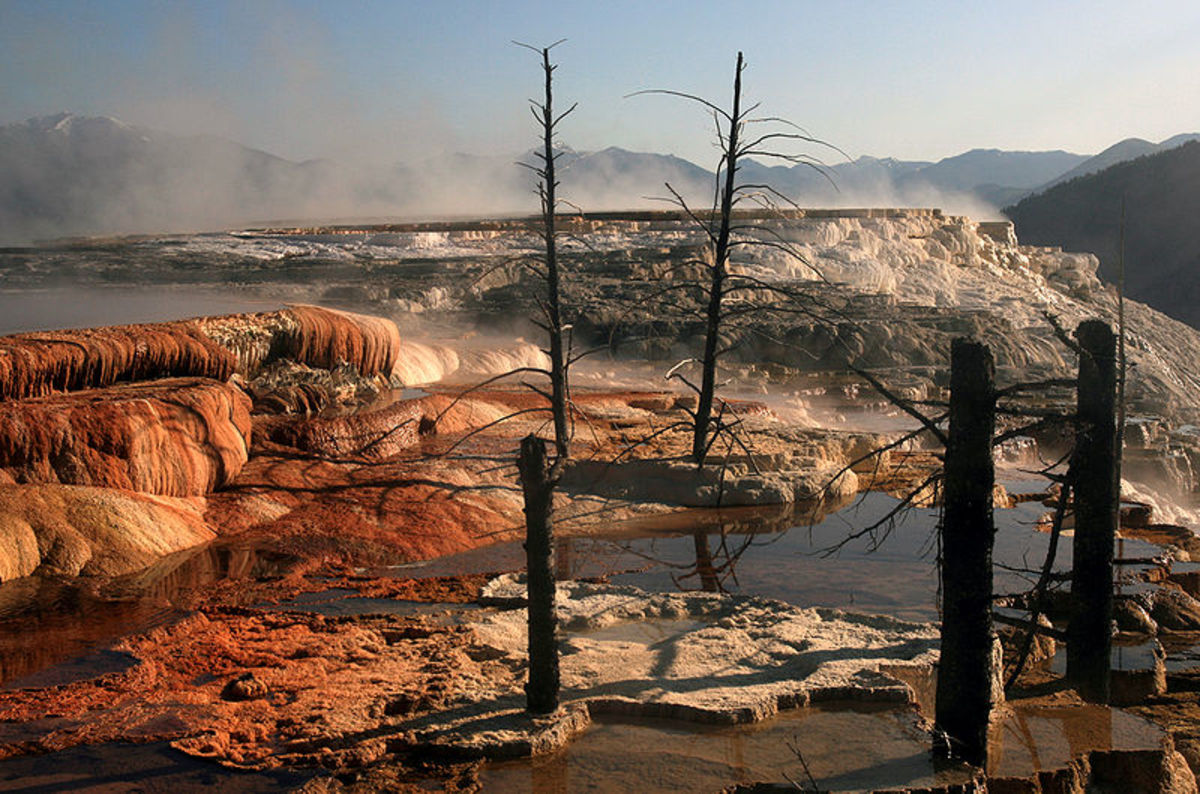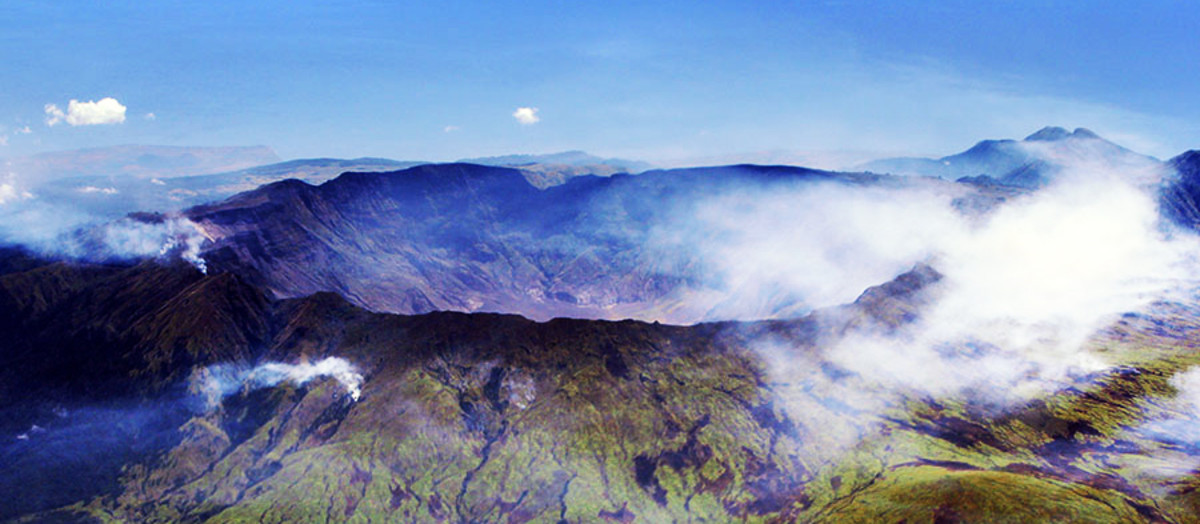New Madrid Seismic Zone Our Slumbering Catastrophe
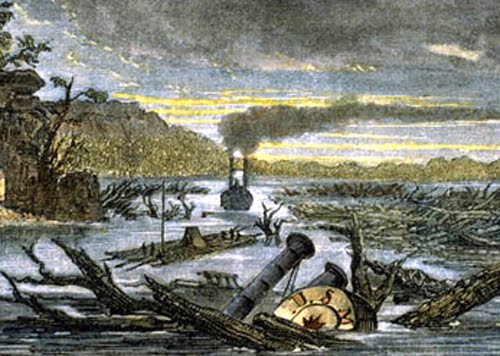
New Madrid Seismic Zone
The Subtle Beast of the East
By Rodney Rainey
December 16th, 1811 marked the beginning of one of the most powerful series of seismic events in United States history. Though seismographs were not present in the area at the time, expert estimates of magnitudes range from M7 to M8 of three principal shocks over a three month period and countless aftershocks that would reverberate through 1817. Most modern citizens of America might think this event surely occurred out West in California or Alaska, but it happened in the Mississippi River Valley in the heart of the United States.
Around two AM December 16th, 1811, residents of a two and a half million square kilometer area were awakened by the trembling Earth. Congressman Samuel L. Mitchill painstakingly compiled an impressive sum of reports accounting these events from as far East as the Atlantic Ocean, as far South as the Gulf of Mexico and as far North as Detroit Michigan. From the city of Washington (now Washington D.C.) news of shaking windows and doors were reported that woke several families and those still awake on Capitol Hill complained of dizziness from the event. Similar stories were reported from places roughly the same distance as Washington from the epicenter like Virginia, North Carolina and South Carolina.
People of Richmond, Virginia awoke thinking that thieves were breaking into their homes. The parade grounds of a fort in Georgetown, South Carolina settled two inches below its former level. Students of South Carolina College were so alarmed they dashed from buildings without their clothes or lights after plaster cracked from the walls and ceilings, falling on them as they slept. Church bells rang up and down the East coast and the water in wells became agitated. Western Spy, a newspaper in Cincinnati, Ohio at the time told of the northern perspective in Detroit.
“By the intelligence from Detroit, from Judge James Witherall, it appears that Michigan was agitated by the same subterranean power. A small shock was felt at Detroit on the 17th December. The atmosphere was serene, but cold. Thirty miles northwest of that village is a lake about nine miles in circumference, of an oval form, and which is supposed to have communication underground with Lake Sinclair. In the centre of this lake there is an island of perhaps three miles in circumference, inhabited only by Indians. They relate, that on the said 17th December the waters of the lake appeared to tremble, and boil like a great pot over a hot fire; and immediately a vast number of large tortoises rose to the surface, and swam rapidly to the shore, where they were taken for food.”
Closer to the epicenter, as can be expected the scenes gradually turned to devastation. Homes in Kentucky suffered considerable damage, their farm animals fled and spring water turned to sulfurous mud. Passengers on boats on the Ohio and Mississippi Rivers stated that submerged tree trunks rose to the surface of the water which swelled six feet and escalated to three times their former rate of flow instantly. River banks collapsed leaving the tops of tall trees level with the land. Most boats and barges capsized drowning their crews. Ponds were converted to uplands and dry land into lakes. Forests and towns were leveled or flooded. The survivors from New Madrid were so frightened by the events that they set up shanty towns in fields far from hazardous trees and building remnants.
As far as can be determined from Mitchill’s compilation, Maryland was the Northeast limit of these events, but reports of church bells ringing in Boston 1,300 miles from the epicenter and tremors in southern Quebec nearly 2,000 miles from the epicenter indicate a much larger area was involved. It is also unclear of their extent to the West because much of that area was sparsely populated and mostly inhabited by Native Americans who lived in light weight dwellings and for the most part were not affected.
The series of earthquakes and aftershocks that rocked half the nation for the better part of three months were intraplate events from a single plate. Intraplate earthquakes usually occur between two or more plate boundaries, but New Madrid has been an exception. The reason these events were so much more severe and widespread from those of the same magnitude in the west is because rocks in the east are generally stronger and less fractured than those of the west and can transmit earthquake waves much further.
The magnitude-frequency concept states that the less frequently natural disasters occur, the higher their magnitude will be when they do occur and the New Madrid Seismic Zone is still very much active. After reading this history and all through my research on the subject, I was tormented by the question; why is this not taught to everyone who lives here in the East? Why are there no earthquake drills or contingency arrangements? Two hundred years ago, the Eastern United States were sparsely populated and most people lived in small light weight dwellings that, when built well could tolerate the stresses. Today the area is home to millions and most structures are not built to withstand powerful quakes. I live in Louisville Kentucky and though I have heard of New Madrid, the events of 1811 and 1812 were news to me, so there are bound to be at least a million others in harm’s way who are as ignorant of them as I was. So, what is with all the ignorance and complacency toward this threat? One possible explanation leered at me from Mitchill’s compilation.
“The shocks are much more severe one hundred and fifty miles west of this than they are here. Fortunately, there are no brick or stone houses near the seat of danger to destroy the people. The Indians cannot have suffered much in their tents and bark houses. But the United States will suffer in the sales of their public lands west of the Mississippi for an age. At least the present generation must be buried before the spirit of wandering, in that direction revives…”
Could it be that knowledge is bad for business?
Works Cited
Introduction to Environmental Geology (5th Edition) [Paperback] Edward A. Keller (Author)
http://pasadena.wr.usgs.gov/office/hough/mitchill.html
http://hsv.com/genlintr/newmadrd/accnt3.htm
http://www.cusec.org/earthquake-information/new-madrid-seismic-zone.html
http://earthquake.usgs.gov/earthquakes/states/events/1811-1812.php
http://earthquake.usgs.gov/earthquakes/states/events/1811_overview.php
